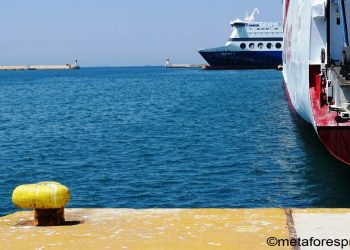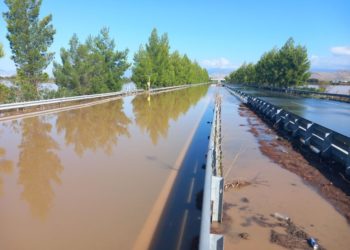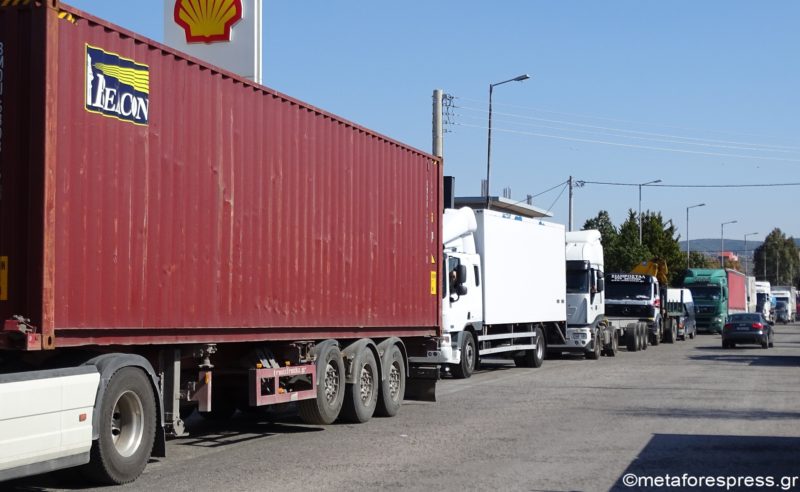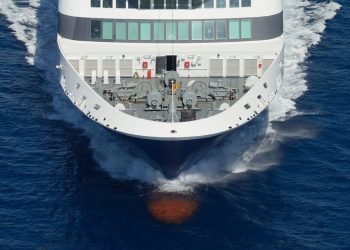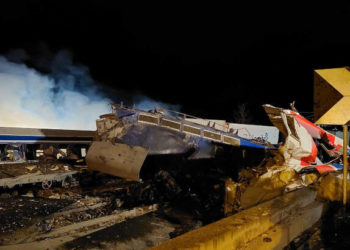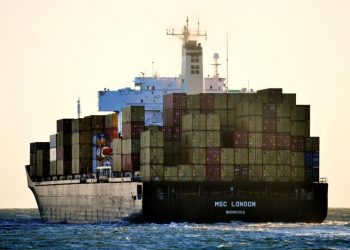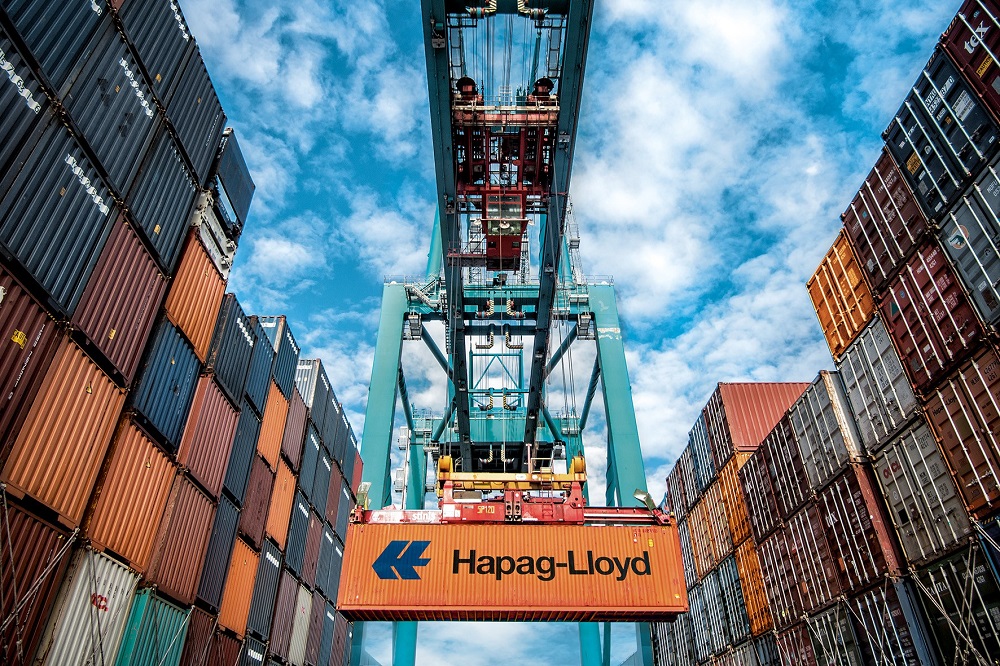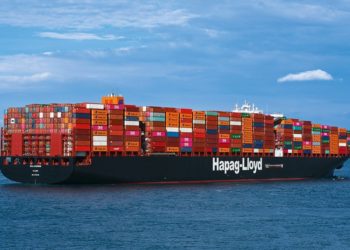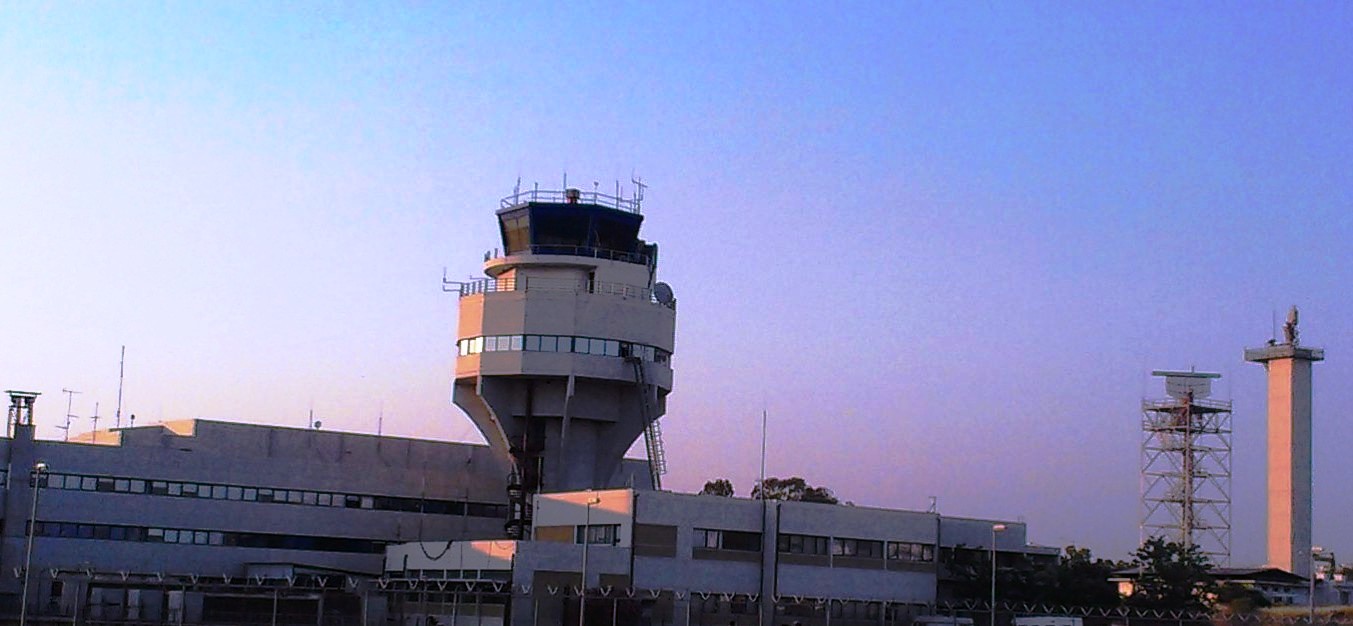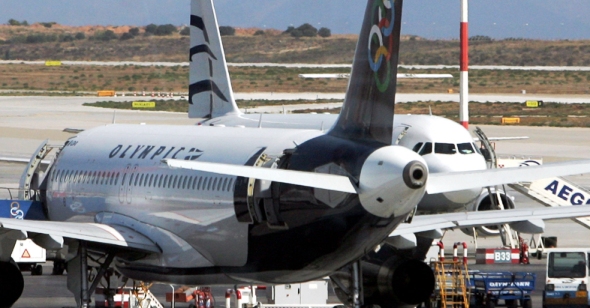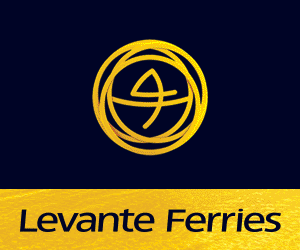Hapag-Lloyd held the naming ceremony for the “Cartagena Express” today at the Hyundai Samho Heavy Industries shipyard in Samho, South Korea. The patron is Mrs. Wen Qian Lou, the wife of Mr. Sam Zhang, CEO of the Delfin Group, a large Chinese sea freight forwarder specializing in Asia-South America business.
“With the ‘Cartagena Express’, yet another state-of-the-art ship of our 10,500 TEU fleet is setting sail. In terms of size, design and reefer capacity, it is ideally suited for the traffic between Europe and South America West Coast,” said Anthony J. Firmin, Chief Operating Officer of Hapag-Lloyd. “As one of the market leaders in the South America trades, Hapag-Lloyd will now have the most competitive ships for the area and can offer its customers premium service.”
The “Cartagena Express” is the third ship of the Post-Panmax series to be delivered to Hapag-Lloyd, after the “Valparaíso Express,” which gave its name to the new class, and the “Callao Express.” This last vessel, delivered in late 2016, is scheduled to hold its naming ceremony in April in the Peruvian port of Callao. All three newbuildings will be deployed in the SW service, which offers weekly connections between North Europe, the Caribbean and West Coast South America. In the SW service, the “Cartagena Express” will call at the following ports: Rotterdam, London, Hamburg, Antwerp, Le Havre, Caucedo, Cartagena, Manzanillo (Panama), Buenaventura, Callao, Puerto Angamos, Valparaíso, Callao, Buenaventura, Manzanillo (Panama), Cartagena, Caucedo and Rotterdam again.
All five ships will sail under the German flag and are classified by DNVGL. The “Cartagena Express” is 333 meters long and 48 meters wide. A maximum of 19 rows of containers can be placed side by side on board, each going up to 18 tiers high. All of the ships in this class have a total capacity of 10,593 TEU, including 2,100 plugs for temperature-controlled reefer containers. South America exports particularly large volumes of refrigerated and frozen foodstuffs, such as fruits, vegetables, meat and fish. Each ship has a maximum capacity of 123,500 tonnes with a maximum draft of 14 meters.

